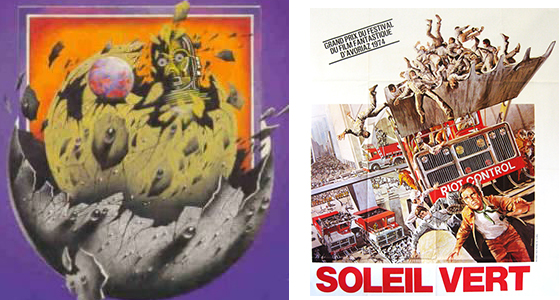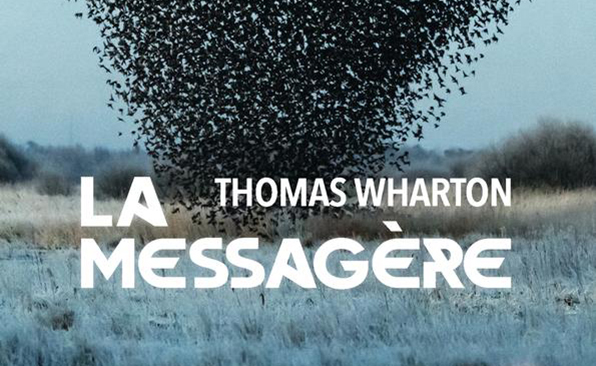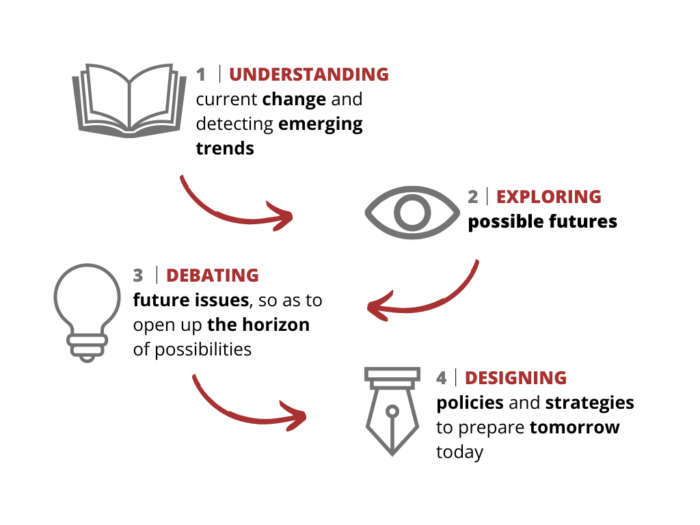In this Summer 2016 issue, Futuribles has launched an extended series on the relations between science fiction and foresight studies and, particularly, science fiction’s contribution to that discipline, in order to determine whether —and to what extent— science fiction authors have influenced the collective imaginary and our thinking about the future. This article by Corinne Gendron and René Audet is the third instalment in the first part of this series and covers the contributions of science fiction to the field of the environment.
As the authors begin by demonstrating, science fiction enables us to go beyond the usual theoretical frameworks and project ourselves into very different worlds wholly at variance with the present one. Regarding relations with the environment, it thus offers various representations of the possible lines of development of the man-nature relationship that attest to the complexity of that relationship but also reference possible ecological dangers and breakdowns. More concretely, Gendron and Audet go on to propose six variant scenarios of “post-ecological” society taken from modern science fiction: a ravaged nature, pockets of civilization, artificial worlds (in response to ecological disaster), terraforming/bioengineering, cyber-nature and a symbiosis inspired by the myth of Gaia. In conclusion, they highlight the crucial role of science fiction for foresight studies as a “laboratory of the future”, enabling the full scope of the human imagination to be mobilized and making it possible, in a sense, even to think and depict the impossible.



